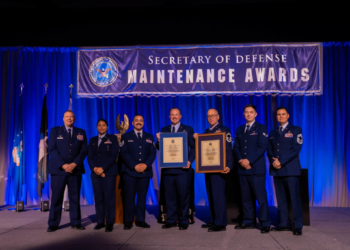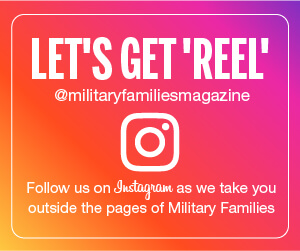COVID-19 continues to be a mitigating factor when it comes to military travel. United States Transportation Command (USTRANSCOM) just released compelling results on a powerful study regarding virus transmission on Department of Defense aircraft.
USTRANSCOM’s mission is to conduct global logistics operations for the DOD. Part of their mission includes moving military members, civilians and their families all over the globe. The purpose of the study was to determine the safest way possible to continue to execute that mission.
“We invested in the aerosol particle study to better inform us how to complete the mission of transporting our passengers within this pandemic environment while maximizing their safety,” Vice Admiral Dee Mewbourne, deputy commander of USTRANSCOM, explained.
The study was conducted in Aug. 2020 over an eight-day period in partnership with Boeing and United Airlines, as well as DARPA, Zeteo Tech, S3i and the University of Nebraska’s National Strategic Research Institute. The tests used mannequins with and without standard 3-ply pleated cotton face masks that sat throughout the cabins on Boeing 777-200 and 767-300 aircraft. These are the type of aircraft that the Patriot Express, a commercial flight contracted by USTRANSCOM, uses to fly military personnel and their families to and from destinations. The tests measured the release of aerosolized particles, like those released in the transmission of COVID-19. Sensors measured in real-time throughout the cabin detected the concentration of particles that were ‘breathed out’ over time.
The results indicated that the aerosolized particles were diluted rapidly due to the high air exchange rates within the cabin. The aerosols were only detectable in the cabin for around six minutes. This means that it would take around 54 hours of continuous flying time for exposure. Combined with HEPA filtration, the aircraft’s air supply system is exceeding the design standards of a hospital operating room in its ability to provide protection from COVID-19. As a result, the results of the study indicated that the overall risk of exposure to COVID-19 in the aircraft was low. Although the test was deeply promising, it wasn’t without limitations.
“While the tests did have some limitations— specifically it only considered a single infected passenger and did not attempt to gather data reflecting passenger movement about the cabin— the results are encouraging,” said Cmdr. Joe Pope, USTRANSCOM operations directorate liaison for the testing.
Despite any limitations, the results remain encouraging.
“Within the scope of the test, the results showed an overall low exposure risk from aerosolized pathogens like COVID-19 on these aircraft,” Mewbourne shared.
Military members and their families will still be required to quarantine prior to travel, wear a face mask in flight and quarantine upon arrival to their new destination. While the test results show limited COVID-19 transmission risk, there have been a limited number of travelers who have tested positive for the virus. However, there is little evidence to suggest that transmission took place while in flight.
USTRANSCOM fully intends to continue to enforce safety measures to ensure that military personnel and their families will arrive safely to their destinations. The data from this study will help enhance their understanding of how to do just that.
“Our military members and families depend on the Patriot Express to get them to their destination,” Mewbourne said. “These results enhance our understanding of exposure risk within the cabin and inform our decisions as we strive to provide the safest methods of transportation.”
The results of this study will be released to the DOD and the broader scientific community. To download a full report of the study and its results, click here.
Read comments





































